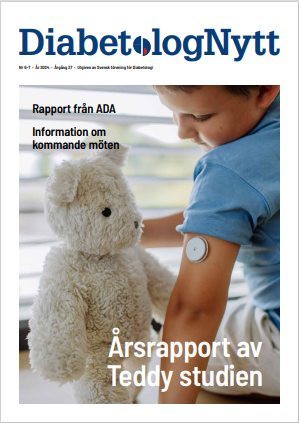Age-standardized mortality rates for all causes, cardiovascular disease and diabetes among adults decreased between 2000 and 2011.
Jessica L. Harding, a PhD candidate at Baker IDI Heart and Diabetes Institute in Melbourne, Australia, and colleagues evaluated data from 1,189,049 Australians with diabetes who were registered on the National Diabetes Service Scheme between 2000 and 2011 and were linked to the National Death Index to evaluate changes by age group in all-cause and cause-specific mortality rates.
Among participants with type 1 diabetes, the age-standardized mortality rate was 16.2 per 1,000 person-years. Each year, age-standardized mortality rates decreased by 0.61 per 1,000 person-years for all causes, 0.35 per 1,000 person-years for CVD and 0.14 per 1,000 person-years for diabetes (P < .05 for trend). The 60- to 85-year-old age groups showed the largest annual declines in mortality rates (0.08 per 1,000 person-years for all causes, 0.11 per 1,000 person-years for CVD and 0.1 per 1,000 person-years for diabetes). All age groups had significant improvements in CVD mortality, and declines in annual rates ranged from 0.05 to 0.09 per 1,000 person-years. There were significant decreases in diabetes mortality in the 50- to 60-year-old and 60- to 70-year-old age groups.
Among participants with type 2 diabetes, the age-standardized mortality rate was 8.6 per 1,000 person-years. Each year, age-standardized mortality rates decreased by 0.18 per 1,000 person-years for all causes, 0.15 per 1,000 person-years for CVD and 0.03 per 1,000 person-years for diabetes. The 40- to 60-year-old age groups had the largest declines in mortality rates (0.02 per 1,000 person-years for all causes, 0.05 per 1,000 person-years for CVD, 0.05 per 1,000 person-years for diabetes and 0.03 per 1,000 person-years for cancer).
“We have shown that [age-standardized mortality rates] from all causes, CVD and diabetes in type 1 and type 2 diabetes have decreased over the last decade in Australia, while cancer [age-standardized mortality rates] remained unchanged,” the researchers wrote.
“These trends suggest continued success in the treatment of diabetes and its complications. However, these improvements are not seen across the entire age spectrum, with younger populations not benefiting from the same improvements as older populations, and continued efforts to rectify this disparity are needed.
Disclosure: The researchers report no relevant financial disclosures.
From www.healio.com
Nyhetsinfo
www red DiabetologNytt





